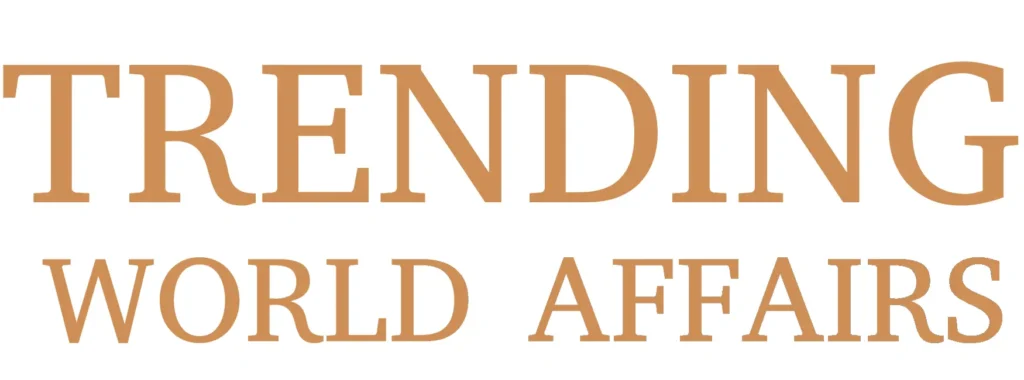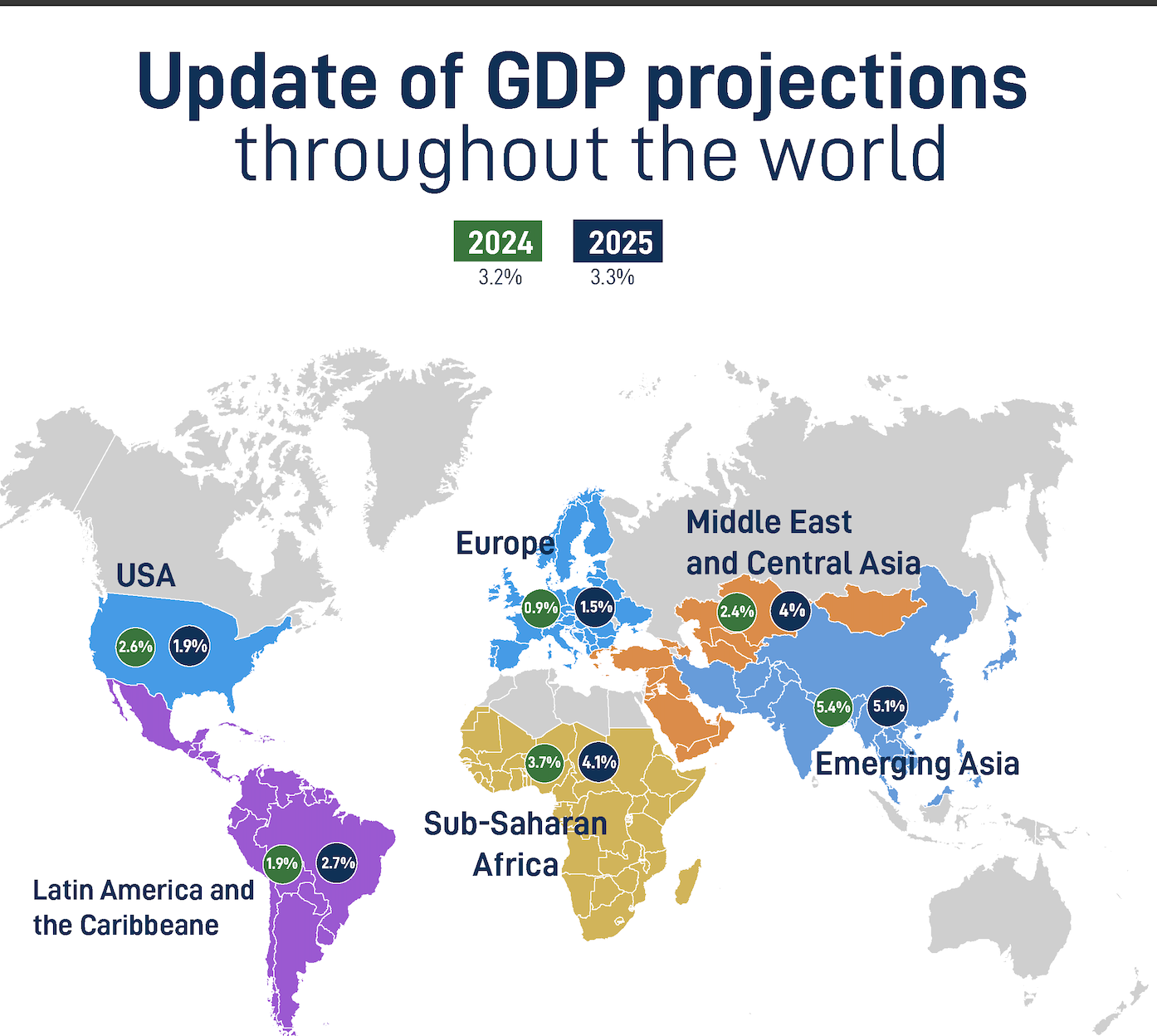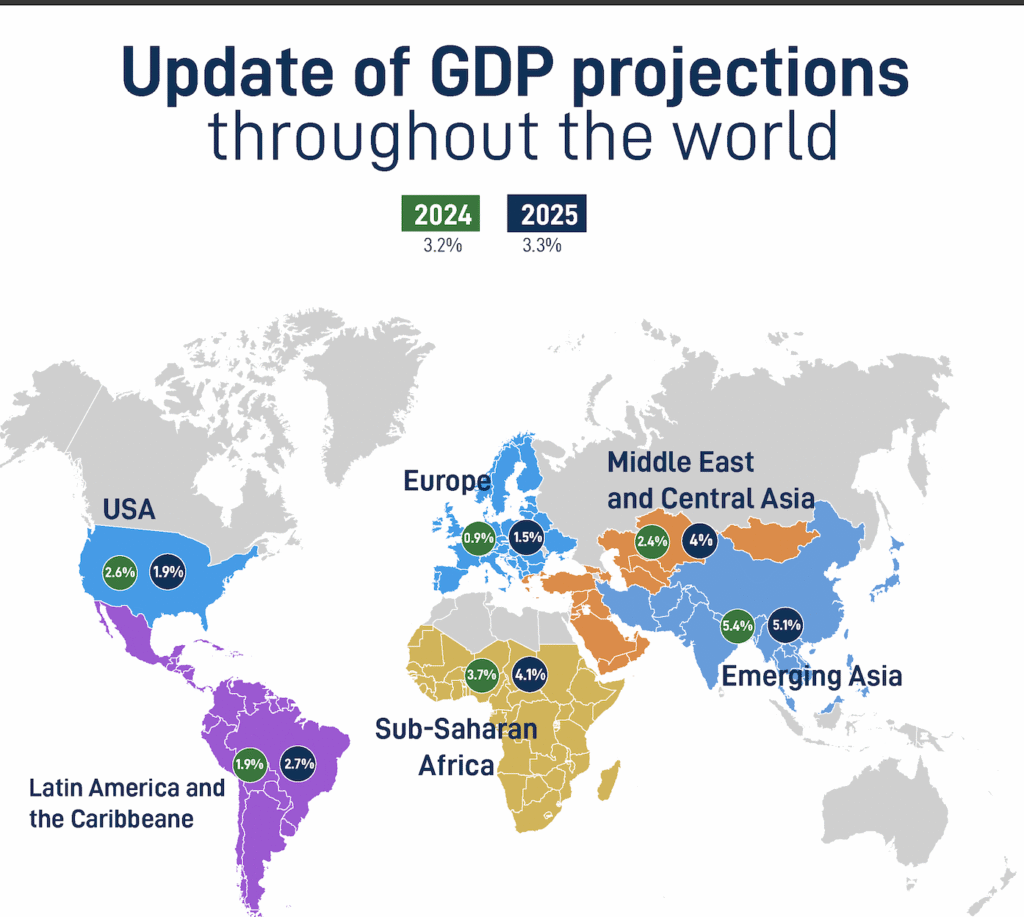Introduction
During his presidency, Donald Trump made tariffs a central part of his “America First” economic policy. By implementing tariffs on imports, Trump aimed to protect American industries, reduce trade imbalances, and force foreign nations—particularly China—to address unfair trade practices. Here’s an in-depth analysis of how Trump’s tariffs reshaped trade policy and their lasting effects.
The Origin of Trump’s Tariffs
Trump’s administration introduced tariffs as a tool to address what he described as unfair trade practices by foreign countries, particularly China. His reasoning was that tariffs would:
Protect American industries like steel and manufacturing from unfair competition.
Reduce trade deficits by discouraging imports.
Force foreign nations into better trade agreements with the U.S.
His most significant tariff actions included:
Steel and Aluminum Tariffs (2018): Trump imposed tariffs on steel (25%) and aluminum (10%) imports, citing national security concerns.
China Trade War (2018-2020): Tariffs were placed on over $370 billion worth of Chinese goods in response to intellectual property theft and unfair trade practices. China retaliated with tariffs on U.S. goods like soybeans and pork.
Economic Impact on the U.S.
While tariffs were meant to benefit U.S. industries, their actual economic impact was mixed:
Positive Effects:
Revitalization of Domestic Manufacturing: Certain U.S. industries, particularly steel, saw short-term benefits from reduced foreign competition.
Increased Job Creation: The steel and aluminum industries did see some job growth, as production moved back to the U.S.
Negative Effects:
Higher Prices for Consumers: Tariffs made imported goods more expensive, leading to higher prices for U.S. consumers, especially in sectors like electronics, clothing, and automobiles.
Supply Chain Disruptions: Industries reliant on imported materials faced increased costs, which affected their competitiveness and led to job losses in some sectors.
Global Supply Chain Adjustments: As tariffs made U.S. goods more expensive, foreign markets shifted to alternative suppliers, impacting U.S. export businesses.
Global Impact of Trump’s Tariffs
Trump’s tariffs were not just a domestic issue—they affected global trade relations. Key impacts include:
Impact on China:
The trade war with China led to significant disruptions in the global supply chain. While China suffered from reduced exports to the U.S., it also began to diversify its trade partners, notably increasing its trade with the European Union and other Asian countries.
Impact on Allies:
European Union and Canada: U.S. allies were also hit with tariffs on goods like cars and agricultural products. The EU retaliated by imposing tariffs on U.S. goods like bourbon, motorcycles, and jeans. This damaged relationships with key trading partners and led to the renegotiation of trade agreements like the USMCA (United States-Mexico-Canada Agreement).
Impact on Global Trade:
Trump’s tariffs were seen as a step away from multilateral trade agreements, which undermined the World Trade Organization (WTO) and sparked fears of a global trade war. While the tariffs were intended to reassert American dominance, they also contributed to a slowdown in global trade growth.
Long-Term Effects and Legacy of Trump’s Tariffs
While some sectors of the U.S. economy benefited in the short run, the long-term effects of Trump’s tariffs are more complex:
Shift in Global Trade Dynamics: Countries that were once dependent on U.S. markets began looking elsewhere for trade partnerships. China’s growing economic alliances with countries like Russia and European trade deals show how tariffs may have pushed U.S. trading partners to diversify.
Increased Government Debt: While tariffs were intended to generate revenue for the U.S. government, the economic disruption and higher consumer prices led to an increase in the federal deficit.
Impact on the U.S. Manufacturing Sector: While some manufacturing sectors benefitted, others that relied on global supply chains found themselves at a disadvantage.
Conclusion
Trump’s tariffs were a bold move to reshape America’s trade policies, protect U.S. industries, and tackle trade imbalances. However, their legacy remains mixed. In the short term, tariffs helped some sectors, but in the long run, they led to higher consumer prices, strained international relations, and shifts in global trade. As the U.S. moves forward, it will be important to analyze the continued effects of these policies on both domestic and global economies.






